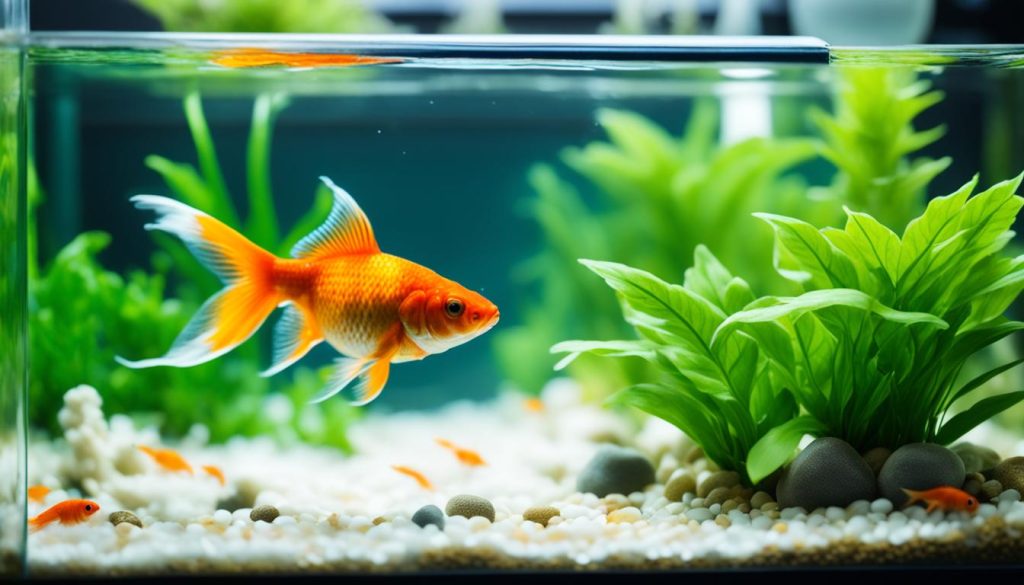Setting up an aquarium and caring for fish can be a rewarding experience, but for beginners, it may feel overwhelming. With the right knowledge, tools, and a little dedication, you can create a thriving underwater world. This guide will walk you through the essential steps to ensure your fish are happy, healthy, and swimming smoothly.
1. Choosing the Right Aquarium
The foundation of good fish care starts with selecting the right tank. The size of your aquarium is critical. Larger tanks (20 gallons or more) are often easier to manage as they provide more stable water conditions. For beginners, it’s recommended to start with a tank that can comfortably accommodate the fish species you plan to keep, without overcrowding.
- Pro Tip: Research the adult size of the fish you’re interested in, as some species can grow significantly larger than expected!
2. Proper Filtration System
A reliable filtration system is essential to keep the water clean and your fish healthy. Filters help remove waste, excess food, and harmful chemicals from the water. There are three types of filtration to consider:
- Mechanical: Removes physical debris.
- Chemical: Removes toxins like ammonia or nitrates.
- Biological: Cultivates beneficial bacteria that break down waste.
Make sure the filter you choose is rated for the size of your tank.
3. Water Quality and Maintenance
Maintaining excellent water quality is perhaps the most crucial aspect of fish care. Fish thrive in environments where the water parameters closely match their natural habitat. Here are the key factors to monitor:
- pH: Different fish species require specific pH levels. Freshwater fish usually prefer a pH between 6.5 and 7.5.
- Temperature: Tropical fish generally need water between 75-80°F (24-27°C), while cold-water species prefer cooler temperatures.
- Ammonia, Nitrite, and Nitrate Levels: These compounds should be monitored regularly using a water testing kit. Ammonia and nitrites should be at 0 ppm (parts per million), while nitrates should be below 20 ppm.
Perform partial water changes (about 20%) every one to two weeks to keep the water fresh and clean.
4. Selecting the Right Fish
Not all fish are beginner-friendly. Some species are hardier and easier to care for than others. Consider these beginner-friendly species for your first aquarium:
- Betta Fish: Beautiful and easy to care for, they thrive in smaller tanks.
- Tetras: Active and colorful, they do well in community tanks.
- Guppies: Hardy and adaptable, guppies come in a variety of vibrant colors.
- Corydoras Catfish: A peaceful bottom-dweller that helps clean up excess food.
When choosing fish, be mindful of compatibility. Some species are more aggressive than others, and it’s important to create a harmonious community.
5. Feeding Your Fish
A balanced diet is key to keeping your fish healthy and vibrant. Most fish will do well on high-quality flakes or pellets, but supplementing their diet with occasional treats, like freeze-dried or frozen foods (brine shrimp, bloodworms, etc.), adds variety and boosts nutrition. Avoid overfeeding, as uneaten food can pollute the water.
- Pro Tip: Feed your fish small amounts twice a day, and only give them what they can consume in 2-3 minutes.
6. Adding Plants and Decorations
Live plants and decorations not only beautify your aquarium but also provide shelter, reduce stress, and enhance the overall well-being of your fish. Certain species, like bettas, love having plants to hide in, while others, like plecos, enjoy natural driftwood to chew on.
When adding decorations:
- Ensure they’re safe for aquatic environments (no sharp edges or toxic materials).
- Clean new decorations thoroughly before placing them in the tank.
7. Cycling Your Tank
Before introducing fish to your new aquarium, it’s crucial to “cycle” the tank. This process establishes beneficial bacteria in the filter that break down harmful ammonia and nitrites. Cycling can take 4-6 weeks but can be sped up with bacterial supplements. Adding fish too soon can lead to dangerous spikes in ammonia, which is harmful to fish.
- Pro Tip: Test your water regularly during the cycling process to ensure it’s safe for fish.
8. Regular Tank Maintenance
Routine maintenance is essential to keep your aquarium plants. In addition to regular water changes, check your filter and clean it when necessary. Scrape algae off the tank walls, trim plants, and remove any debris from the substrate.
- Pro Tip: Use a gravel vacuum during water changes to clean the substrate without removing too much water.
9. Monitoring Fish Behavior
Keeping a close eye on your fish’s behavior can help you catch problems early. Healthy fish should be active, swimming freely, and have clear, vibrant colors. Watch for signs of illness, such as:
- Lethargy or loss of appetite
- Unusual swimming patterns
- Clamped fins or gasping at the surface
- Visible spots or wounds
If you notice any of these symptoms, test your water immediately and consult a veterinarian or fish care expert.
10. Patience and Learning
Fish care is a continuous learning process, especially for beginners. Don’t rush the setup, and take time to understand the specific needs of the fish and plants in your aquarium. Patience and consistent care will lead to a beautiful, thriving aquatic environment.

